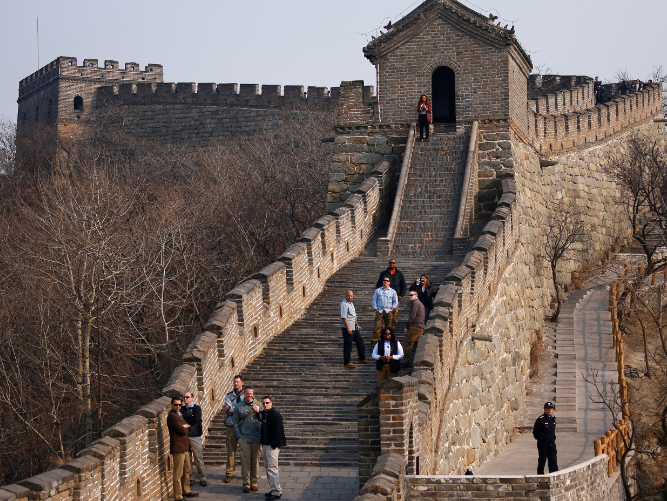The Great Wall has sustained numerous amounts of damage for centuries, but it is not an attack from the Huns that is currently plaguing one of China's iconic structures; rather, it is the cumulative assault from both man and nature.
Despite its classification as a UNESCO World Cultural Heritage Site and being an integral part of a treasured chapter in Chinese history, the Great Wall is crumbling piece by piece as there seems to be no properly organized initiative to preserve the structure.
Aside from the constant natural forces that keep battering the wall, it also has to deal with tourism and its negative effects.
As visitors flock to appreciate the Wall, funding and overall initiative is mostly reserved for the famous parts of the structure.
The Great Wall runs through 11 provinces, regions and municipalities, and the reality is that local government is having difficulty ensuring the proper maintenance of all these areas.
The problem of mitigating the effects of human activity falls on the local government and the latter's response has been lacking.
Only a small part of the Wall is properly maintained, while the rest of it is left unchecked, according to a report by The Telegraph.
Vice-chairman of the Great Wall Association Dong Waohui admits that there is no regular maintenance for the structure and that the current approach is largely reactionary.
He explains that when local governments report the damages in their respective areas, there is an allocation of funds from the central government but the priority lies in areas that are severely affected.
Dong furthers that such a strategy is merely rescue work.
Many homes in Lulong County are said to be built with the same bricks from the Wall, as there are reports of villagers stealing from the Wall to build their homes.
According to a report from the People's Daily, a complete section of the Wall in Laiyuan County has fallen due to illegal mining along a 94-mile stretch.



























